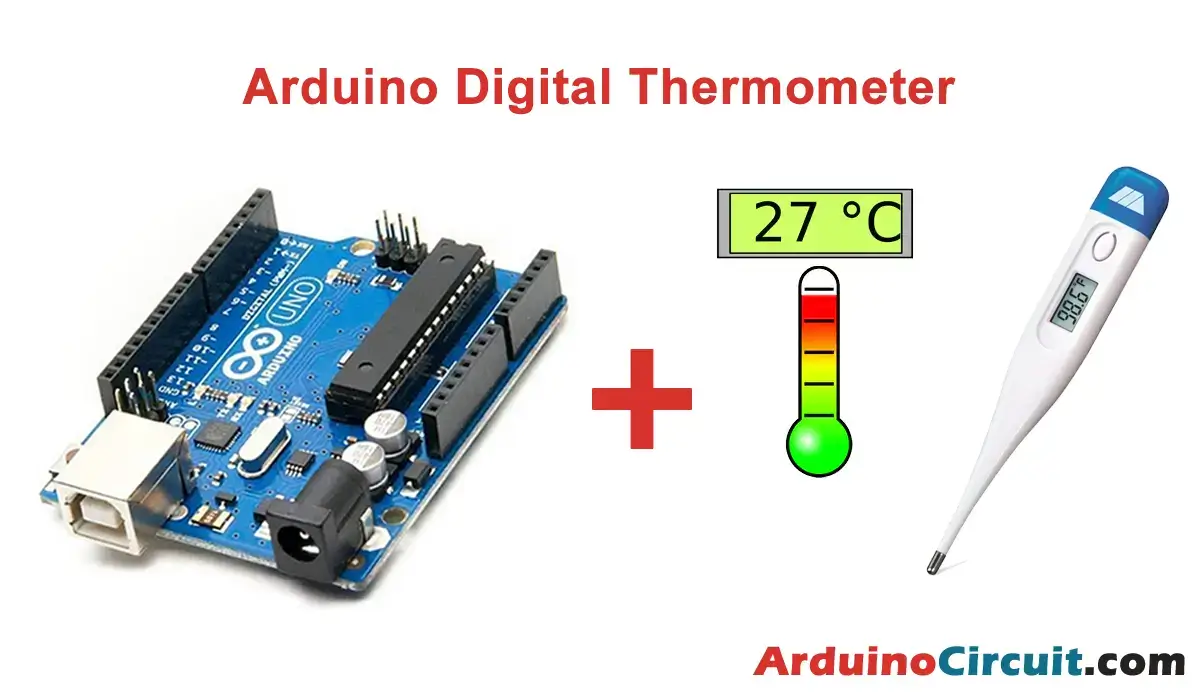Introduction
Welcome to the realm of Arduino and motion sensing! In this guide, we’ll explore How to Use an MMA7455 Accelerometer with Arduino. The MMA7455 is a versatile sensor capable of measuring acceleration along three axes. By interfacing the MMA7455 with Arduino, you can harness its capabilities to detect motion, tilt, and orientation in your projects. Let’s delve into the details of the MMA7455 accelerometer and learn how to integrate it with Arduino for motion sensing applications.
Hardware Required
You will require the following Hardware Components for the How to Interfacing MMA7455 Accelerometer with Arduino.
| Components | # | Buy From Amazon |
|---|---|---|
| Arduino UNO | 1 | Buy Link |
| MMA7455 Accelerometer | 1 | Buy Link |
| 9v DC Adapter (Optional) | 1 | Buy Link |
| Jumper Wires | 4 | Buy Link |
| Breadboard | 1 | Buy Link |
What is an MMA7455 accelerometer?
The MMA7455 is a three-axis digital accelerometer manufactured by Freescale Semiconductor, now part of NXP Semiconductors. It provides accurate measurement of acceleration along the X, Y, and Z axes, making it suitable for applications such as tilt sensing, motion detection, and vibration monitoring. The MMA7455 communicates with Arduino using the I2C (Inter-Integrated Circuit) interface, allowing for easy integration into Arduino projects.
Pinout

Pin Configuration
| Pin Number | Pin Name | Description |
|---|---|---|
| 1 | Vcc | Power supply voltage input (3.3V or 5V) |
| 2 | GND | Ground |
| 3 | SCL | Serial Clock (I2C) |
| 4 | SDA | Serial Data (I2C) |
| 5 | CS | Chip Select (SPI) |
| 6 | SDO | Serial Data Out (SPI) |
| 7 | IN1 | Input/Output pin 1 (function configurable) |
| 8 | IN2 | Input/Output pin 2 (function configurable) |
Features
- Three-Axis Measurement: Measures acceleration along the X, Y, and Z axes simultaneously, providing comprehensive motion sensing capabilities.
- Low Power Consumption: Designed for low power operation, making it suitable for battery-powered applications.
- Digital Output: Provides digital output for easy integration with microcontrollers like Arduino.
- Built-In Self-Test Function: Includes a self-test function for verifying sensor functionality and calibration.
- Compact Form Factor: Compact and lightweight design for easy integration into electronic projects.
Specifications
- Acceleration Range:
- ±2g, ±4g, or ±8g selectable.
- Resolution:
- 10-bit resolution for each axis.
- Communication Interface:
- I2C (Inter-Integrated Circuit) interface for communication with Arduino.
- Operating Voltage:
- 2.4V to 3.6V.
- Sampling Rate:
- Programmable sampling rates up to 1.56kHz.
Circuit Diagram
The following circuit shows you the connection of the How to Use an MMA7455 Accelerometer with Arduino, Please make the connection carefully

Circuit Connections
| Arduino | MMA7455 Module |
|---|---|
| +5V | VCC Pin |
| GND | GND Pin |
| A4 | SDA |
| A5 | SCL |
Installing Arduino IDE Software
First, you will require to Download the updated version of Arduino IDE Software and Install it on your PC or laptop. if you Learn How to install the Arduino step-by-step guide then click on how to install Arduino Button given Blow
Installing Libraries
Now when you are Ready to upload the code, to the Arduino Board you will need first to add the Following Libraries in Arduino, If you Learn How to add the library in the Arduino step-by-step guide click on how to install the library Button given Blow
Code
//For more Projects: www.arduinocircuit.com
#include <Wire.h>
#include <MMA_7455.h>
MMA_7455 accel = MMA_7455(i2c_protocol);
float xg, yg, zg;
void setup()
{
Serial.begin(9600);
accel.begin();
accel.setSensitivity(2); //Define the range, values 2, 4 or 8
accel.setMode(measure);
accel.setAxisOffset(0, 0, 0);
}
void loop()
{
//read the values and print them
xg = accel.readAxis10g('x');
yg = accel.readAxis10g('y');
zg = accel.readAxis10g('z');
Serial.print("\tXg: "); Serial.print(xg, DEC);
Serial.print("\tYg: "); Serial.print(yg, DEC);
Serial.print("\tZg: "); Serial.print(zg, DEC);
Serial.println();
delay(500);
}Applications
- Tilt Sensing: Use the MMA7455 accelerometer to detect tilt and orientation changes in objects such as robots, vehicles, and handheld devices.
- Motion Detection: Implement motion detection systems using the MMA7455 to detect movement and trigger actions or alerts in security systems or wearable devices.
- Vibration Monitoring: Utilize the MMA7455 to monitor vibration levels in machinery and equipment for predictive maintenance and fault detection.
- Gesture Recognition: Integrate the MMA7455 into gesture recognition systems to detect and recognize hand gestures for human-computer interaction in gaming, virtual reality, and smart devices.
- Activity Tracking: Incorporate the MMA7455 into activity tracking devices to monitor physical activity levels, steps taken, and movement patterns for fitness and health monitoring applications.
Conclusion
With its advanced features and versatile applications, the MMA7455 accelerometer offers endless possibilities for motion sensing and orientation tracking in Arduino projects. Whether you’re building tilt sensors, motion detectors, vibration monitors, gesture recognition systems, or activity trackers, the MMA7455 provides accurate and reliable acceleration data for enhanced functionality and performance. Let’s get started with using the MMA7455 accelerometer with Arduino and unlock the potential of motion sensing in your projects!





